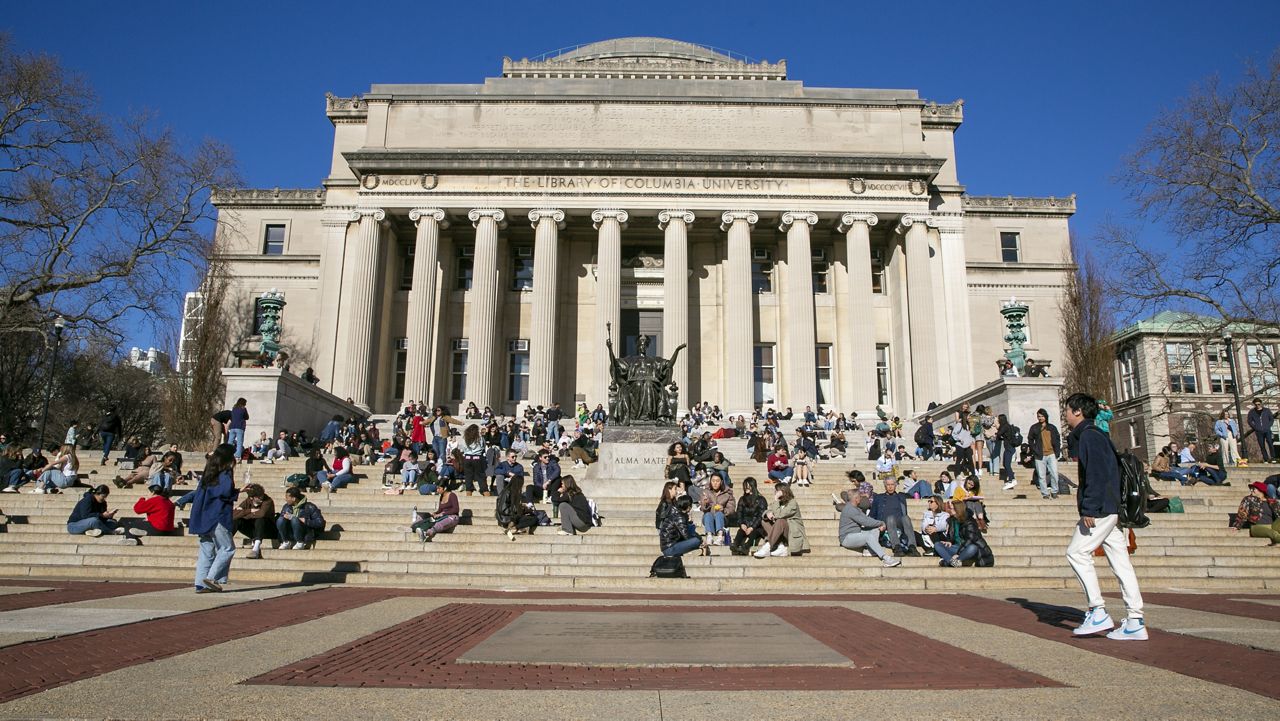NEW YORK - The Rudin Management Company created an operating system that’s saving it millions of dollars and changing the way buildings are managed.
"This is where all the cooling comes from throughout the building," said Steve Warszawlak, a building engineer at Rudin’s headquarters.
Warszawlak recently showed Spectrum News NY1 the command center for 345 Park Avenue. He says he spends a lot more time looking at screens than flipping electrical switches, pulling air cooling levers and opening steam valves.
"We used to have to go around send guys out to take temperatures manually, see tenants,” he explained it would take a lot of time," Warszawlak said.
Mow the computer operating system continually monitors the temperature on all 44 floors.
“We're making adjustments before they're even happening," Warszawlak added.
That's because the system called NANTUM actually predicts people's behavior. Sensors in the lobby and elevators calculate how many people are in the building at any given time, helping to build a record of the ebb and flow of occupancy. NANTUM analyzes that data and the weather outside to operate the heating and cooling systems.
Rudin Management Chief Operating Officer John Gilbert helped create the system. He calls it a brain.
"NANTUM last night drew the dotted line as a predicted curve," Gilbert explained. "As our occupancy sensors measure what's going to happen when people go to lunch we can literally modulate our fan speed and save an enormous amount of electricity."
Gilbert says it's saving his company more than $5 million a year in its 19 commercial and residential buildings, reducing its carbon footprint by at least 25 percent since it was launched two years ago.
"The beauty of NANTUM is that it truly has the ability to save the world when you think about the amount of energy that's consumed by the built environment," Gilbert said.
John Mandyck, the CEO of The Urban Green Council tells NY1 that buildings are responsible for 70 percent of the city’s carbon emissions.
The Urban Green Council is a non-profit organization working to make buildings more environmentally friendly. Mandyck says he is seeing a rapid increase in so called smart buildings and believes a proposed city law will spark even more conversions.
"There's a bill pending before New York City Council right now that would require a 20 percent reduction in energy emissions in large buildings between 2020 and 2030. That’s never been done before. It will cover 50,000 buildings that will need to upgrade in some form its energy efficiency," Mandyck said.
That bill covers all residential and commercial buildings with 25 thousand square feet or more and it would deliver the largest carbon reduction in the city's history.






_PKG_911_Dispatchers_Rally_CLEAN)
